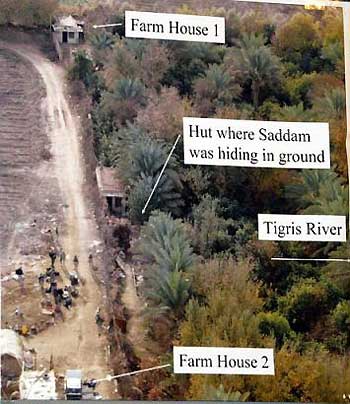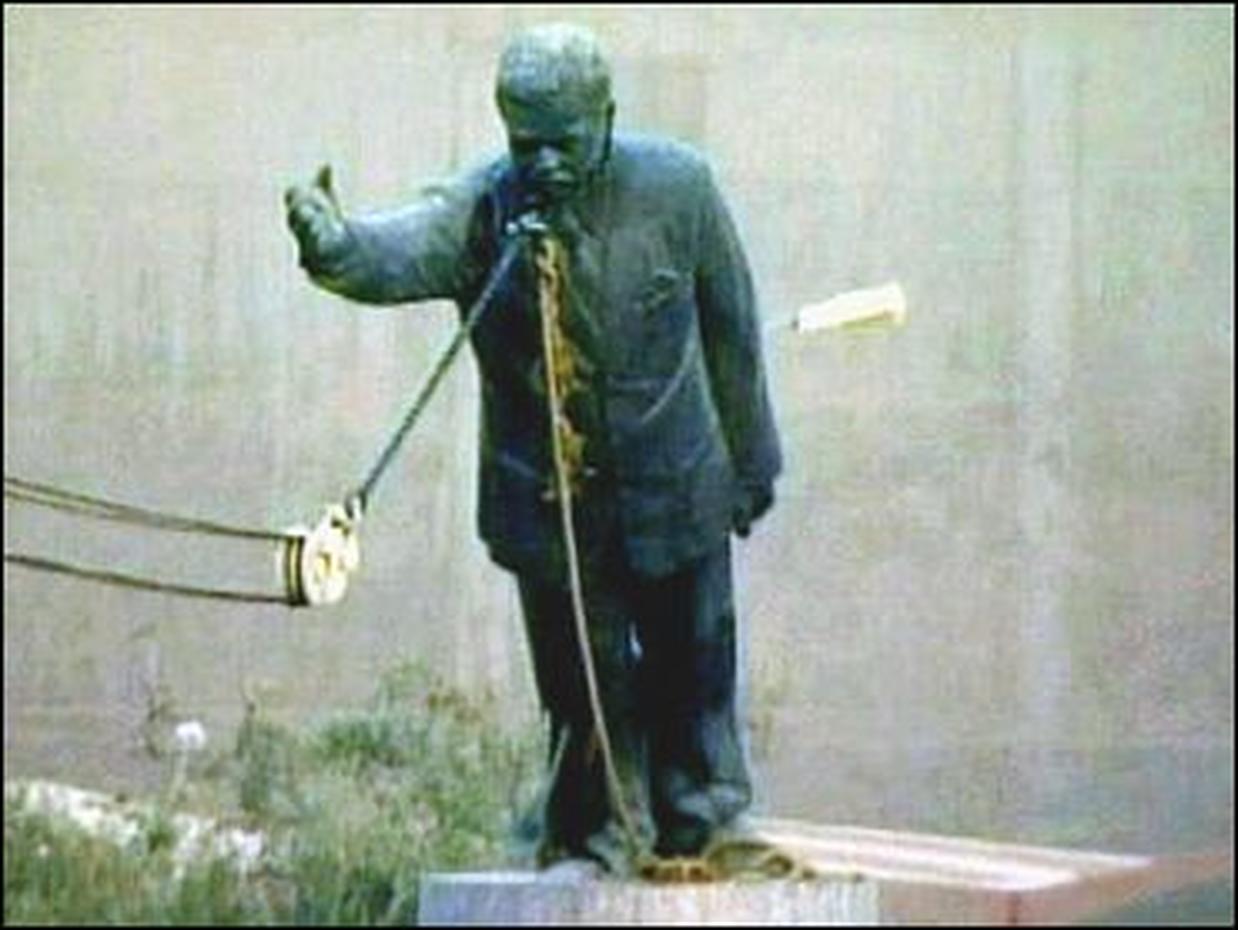
On 13 December 2003, the bodyguard took the Delta Force team to the garden of a house just outside Saddam’s hometown of Tikrit, and kicked away the sand to reveal the “spider hole” where the former president was hiding. “Using this technique, this bodyguard, in less than two hours, said: ‘I know exactly where he is. And on my very last day in the country, we captured him,” says Eric. “We figured out that there was only one person who knew where Saddam was hiding – one of his former bodyguards. But with time running out, they got the breakthrough they needed. “The military thought: You’re nuts,” he remembers. His superiors weren’t impressed with his departure from the traditional approach of fear and intimidation. He quickly discovered that the techniques he’d been taught were not particularly effective, so he developed his own, based around empathetic listening. Over the next five months, Eric interrogated more than 300 prisoners. Despite never having seen active duty, he found himself assigned to the elite special operations unit and on his way to the Middle East. It turns out, in the whole of the United States Army, Eric was the only person who fitted that profile. And we’d love a graduate of Ranger School.’” “I don’t know if they were running out of interrogators,” he says “but Delta Force were going after Saddam and they said: ‘Find an interrogator who used to be in the infantry. When the invasion of Iraq took place in 2003, Eric was confident he wouldn’t be called up.

“They said: ‘Don’t worry, you’ll never do interrogations,’” he recalls, adding: “but then we had 9/11.” A NEW DIRECTION He signed up, choosing Chinese Mandarin, and, as a result, was also enrolled on an eight-week interrogation course.

He enjoyed speaking Spanish with the locals and discovered the army had a foreign languages programme. “I knew that was what I was supposed to do.”Īfter joining the infantry as a paratrooper, Eric was deployed to the central American nation of Panama. The idea that God had spoken to him and told him to join the army sounded “ridiculous” to the few friends he told. “I didn’t want to – I was not excited about it – but as soon as I graduated from university, I joined up.”Īlthough Eric had grown up going to church, he wasn’t a practising Christian.

It wasn’t a natural fit for the sports-loving student, but Eric was convinced. “The voice was so clear, I knew I didn’t have a choice,” he says. Here’s what it means for your churchĮric Maddox never planned to become a soldier, until one day, as a 21-year-old “living the good life, no responsibilities”, he heard a voice telling him to join the military. Chat GPT: The biggest leap forward in AI is changing everything.Ukraine: Stories of hope amid heartache.

Fearfully and wonderfully made: 5 disabled Christians share their stories.He was part of a failed attempt to assassinate General Abdul Kareem Qassem, who had overthrown the monarchy in a bloody revolution. In the 1950s, he became something of an enforcer for the Baath Party, which then aimed to overthrow the region's colonial-era leaders. "It may be as simple as Saddam didn't have a chance to reach for his weapon and he was too confused and disoriented to have the wits to react after eight months on the run."Īs a younger man, he was no stranger to using weapons to attack his enemies or defend himself. "These things are not as intellectualized as you think," said Samer Shehata, a politics professor at Georgetown University in Washington. and European aid workers in Baghdad in order to demand a prisoner exchange, said Prof. The deposed leader might even hope insurgents and remnants of the Baath Party will come to his rescue by kidnapping U.S. But in his mind, Saddam Hussein is justifying his surrender saying that the struggle continues and that in jail he can still be the ruler of Iraq," said Amatzia Baram, a professor in Middle Eastern history and visiting scholar at the Washington-based U.S. Other experts suggest the former dictator may have rationalized his surrender by telling himself he could negotiate a way out with the United States. "On the tribal scale, Saddam is today a worthless person," he said. He was once seen as a symbol of resistance against the West, but Ahmed al-Rikabi, who briefly headed Iraqi television after the overthrow of the regime, said the images of the deposed leader appearing as a grubby prisoner will greatly diminish his status and erode his support. In some parts of the Arab world, the footage of a bearded and dishevelled Mr.


 0 kommentar(er)
0 kommentar(er)
